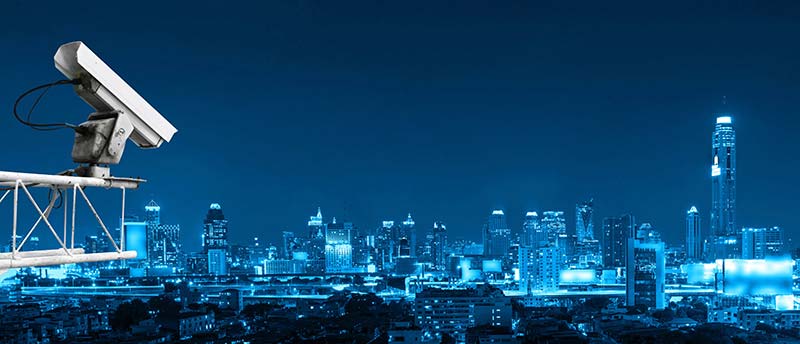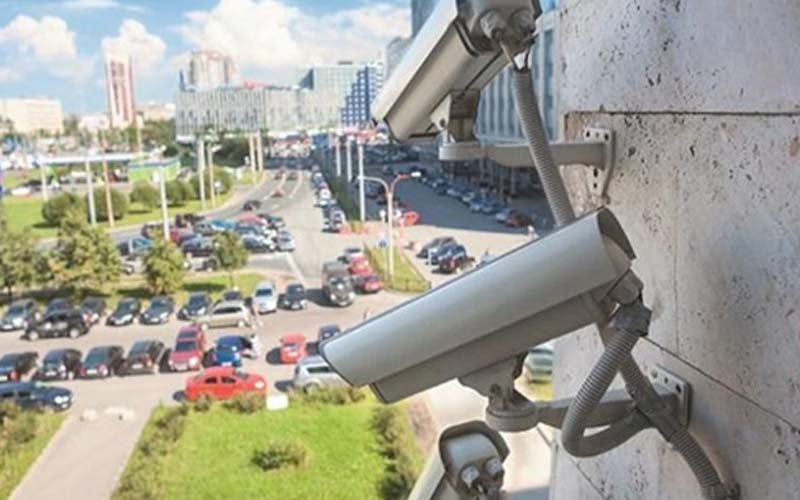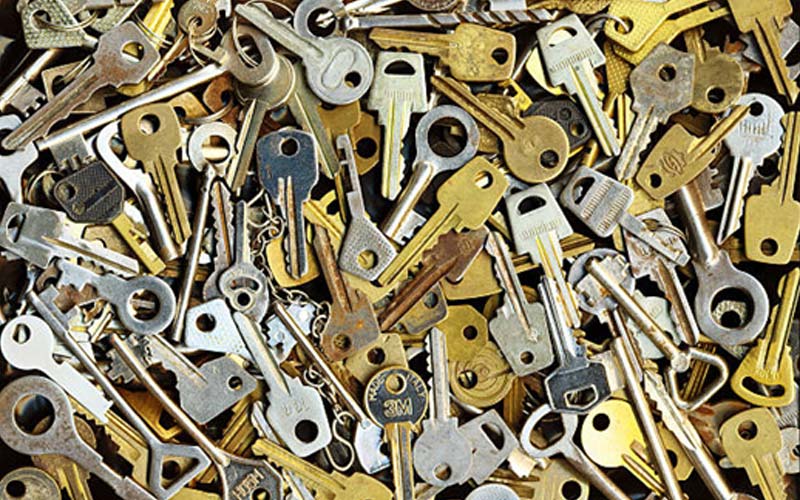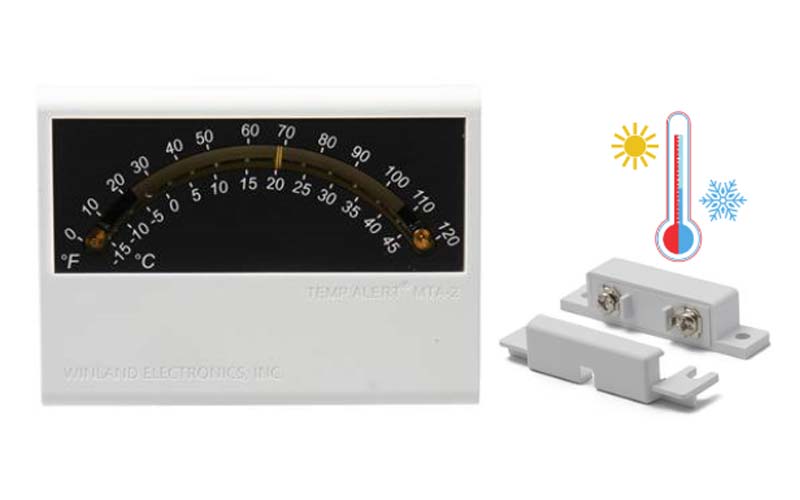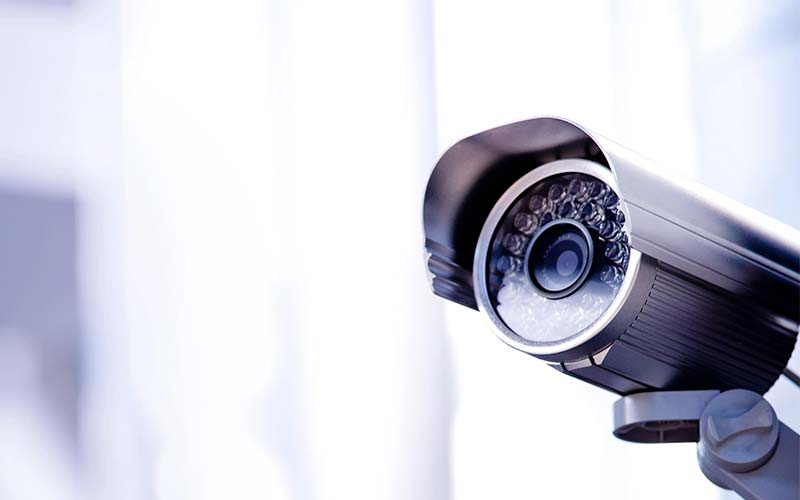Video surveillance has come a long way from the days of bulky VHS tapes. The journey from analog tapes to digital recording has been marked by significant advancements in technology, leading to improved storage, redundancy, and image quality. Today, we stand at the cusp of a new era where video surveillance is not just about recording but actively analyzing and responding to the environment.
From VHS to AI: A Brief History
- VHS Era: The early days of video surveillance were characterized by simple record-and-store mechanisms, using VHS tapes that offered limited storage and quality.
- Transition to DVDs: As technology progressed, DVDs replaced VHS tapes, allowing for better quality recordings and somewhat improved storage capacity.
- Hard Drive Revolution: The introduction of hard drives was a game-changer, offering vast storage space and redundancy options to ensure data integrity.
- High Definition: With the advent of high-definition (HD) recording, surveillance videos became clearer, making it easier to identify details and incidents.
Tailoring Cameras for Modern Needs
Modern surveillance cameras are designed to cater to specific applications when equipped with features such as:
- Night Vision: To improve clarity in low-light conditions.
- Storage: Flexibility to store data on the camera, at the NVR or in the cloud, or a combination.
- Vehicle Search: AI can identify vehicles by color or type, making search operations efficient.
- Activity Monitoring: AI can track activities, such as loitering in a restricted location.
- Automated Responses: Pre-recorded messages can be played on connected speakers, escalating to different actions based on the situation.
- Traffic Analysis: Counting the number of people entering a door or viewing a display to gauge traffic in stores.
- Partial Object Recognition: AI can recognize objects (such as humans or vehicles) even if only a third is visible.
AI: The Next Frontier in Surveillance
Artificial Intelligence (AI) is revolutionizing video surveillance by introducing capabilities that were once considered science fiction:
- Time-Based Filtering: Filtering footage based on specific periods is now effortless.
- Line Crossing Detection: Digital lines can be drawn to trigger real-time alerts for security breaches.
- Intrusion Detection: AI can detect unauthorized entry, fence jumps, or incorrect parking.
- Object Alerts: Alerts for objects left behind, distinguishing between humans and animals.
- Dwell Time Recording: Monitoring the time spent by individuals in a particular area.
- Environmental Monitoring: Detecting environmental hazards like leaks on the floor.
- Occupancy Monitoring: Keeping track of occupancy levels for safety and management.
- Strobe Lighting: To deter intruders or alert authorities.
- Radar Detection: For advanced threat detection capabilities.
- Various Resolutions: Offering flexibility from standard to ultra-high definition.
- Connectivity: Options for wired or Wi-Fi connections.
In conclusion, AI is not just enhancing video surveillance; it’s transforming it. What used to take hours of manual labor can now be accomplished in minutes or seconds, thanks to intelligent algorithms that can analyze and interpret video data in real time. As we continue to integrate AI into surveillance systems, we can expect our security capabilities to become more robust, proactive, and efficient.

2. Control overhead garage doors
Your garage door is a large and pretty obvious source of heat loss for your home. This is especially true if your garage door isn’t insulated or has windows in it. But when the garage door is left open, it can really affect the temperature, and therefore energy efficiency, of your home. Not to mention it’s hard on your car battery to be at temperatures under 30 degrees. A smart garage door controller from SEi can help.
With SEi’s garage door controls, you can receive alerts when your garage door is opened or closed and when it has been left open for an extended time. Then you can either shut the garage door right from your smartphone or have it set to close automatically.
3. Blind/shutter control
Blinds and shutters not only help to keep the sun from heating the inside of your house, but they can also help to reduce the amount of cold lost through your windows. This is because they trap an insulating layer of air between the blinds and the window. If you have smart blinds and/or shades, you can use this to your advantage for energy efficiency. This is especially true for any windows that aren’t on the South side of the house.
Open your blinds on sunny winter days to gain the advantage of the sun’s heat and close them during the night to keep the cold weather out. You can even change the settings on each blind based on the season of the year.
4. Automated lighting
Energy-efficient light bulbs can help reduce your energy consumption and costs. But that’s less helpful when your kids leave the lights on! With smart lighting, you can have the lights linked to your security system in the same way your thermostat is. You can also use motion detectors to turn your lights on and off as you enter and leave a room. This works for smart ceiling fans, too!
For extra security, randomize your lights when you are away for an extended time, making it harder for thieves to tell you aren’t there.
Smart homes and energy efficiency go very well together. And SEi can help tie all the pieces together to make the system function at its best. Contact us today to learn more.








